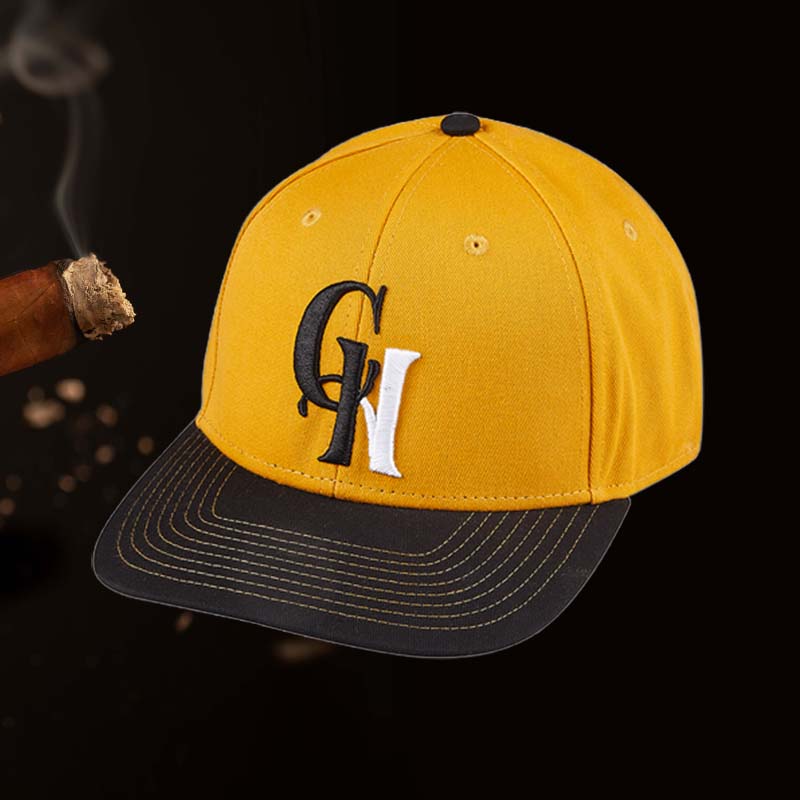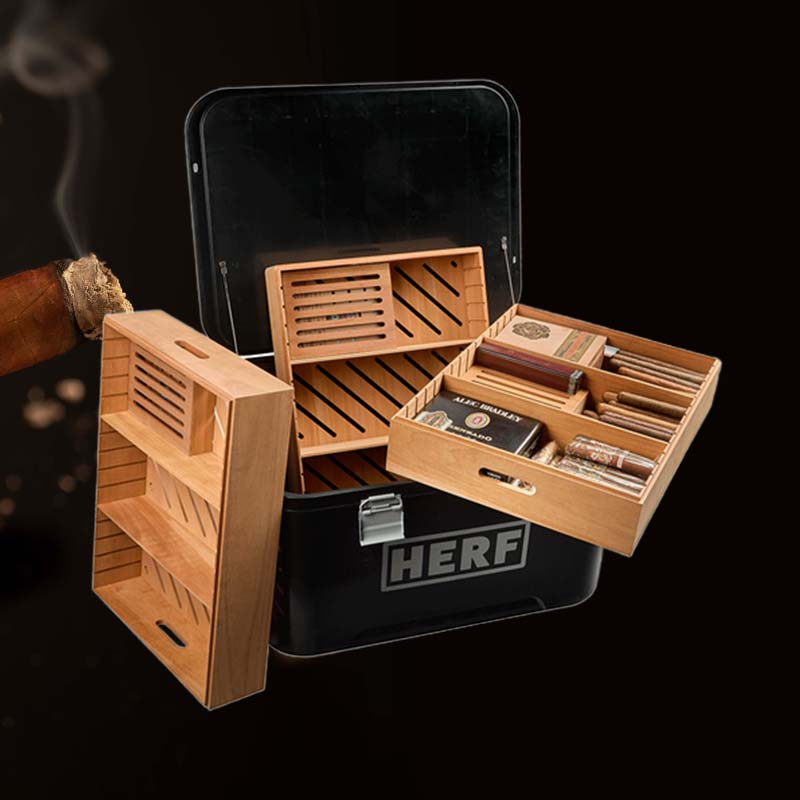How to fix a torch lighter
Introduction: Fixing That Jet Lighter You Love
There’s something utterly satisfying about the moment I flick open my torch lighter and hear that satisfying “whoosh” as the flame comes to life. But what happens when that moment doesn’t occur? I’ve been there—standing in the midst of a good cigar session, only to be faced with a defunct lighter that refuses to ignite. Today, I’ll share my journey through troubleshooting and fixing that torch lighter I’ve grown so fond of. Let’s dive in!
Step 1: So What You’ll Need for This

Before we start our repair journey, it’s vital to have the right tools. Here’s a quick list of what you’ll need:
- Butane fuel
- Screwdriver (Phillips or flat-head depending on your lighter)
- Compressed air duster or a soft brush
- Lint-free cloth or paper towel
- Multimeter (optional, for spark testing)
Step 2: Ok Diagnosis Time Doctor

Now that we’ve gathered our supplies, it’s time for some diagnosis. It’s just like visiting a doctor; we need to understand what’s wrong before we can fix it!
1. Make Sure Your Lighter is Properly Fueled
First and foremost, I always check if my lighter has sufficient butane. Believe me, it’s a common oversight. If it’s low on fuel, you likely won’t have a flame, no matter how many times you try to ignite it.
Step 3: Opening Your Lighter Up

Now, let’s gently open up your lighter to get a look at the internals. Use your screwdriver to unscrew the base carefully. Take note of how everything fits together; it’ll help when reassembling!
Step 4: Adjusting the Flame Height
Adjusting the flame height can often solve ignition issues. Sometimes my lighter’s flame can be too low, making it difficult to ignite. Fortunately, this is a simple fix.
2. Adjust the Flame Setting
Locate the flame adjustment dial, usually at the bottom of most lighters, and turn it clockwise to increase the flame height. Test it a few times to find the sweet spot that works for you!
Step 5: Cleaning the Jets and Ignition Area

A clean lighter is a happy lighter. I’ve found that over time, debris and residues accumulate in the ignition area, hampering performance.
3. Clean the Jets and Ignition Area
Using compressed air or a soft brush, I give the jets a thorough cleaning. This ensures that nothing is obstructing the flow of gas and allows for a stronger ignition spark.
Step 6: Troubleshooting Common Ignition Problems
If the lighter is still not working, it’s time to troubleshoot common ignition problems.
4. Check the Ignition Spark
Using a multimeter, I can check if the ignition spark is functioning. If not, it might need replacing or there may be a wiring issue to address.
Step 7: Identifying and Resolving Fuel Issues

Fuel issues are another common culprit. If you’ve confirmed there’s enough butane, it’s time to perform a deeper check.
5. Refilling Problems
I always make sure I’m using the right type of butane; sometimes the lighter can be picky. If it still doesn’t work, I try purging the lighter to remove old fuel and refill it again.
Step 8: Addressing Common Torch Lighter Issues

Let’s take a moment to identify a couple of other common issues.
6. Clogged Nozzle
If the lighter emits a weak flame or none at all, there might be a clogged nozzle. I’ve had success using compressed air to clear it out.
7. Flame Issues
Sometimes the flame flickers or burns unevenly. A quick adjustment of the flame setting or cleaning the jets usually resolves this.
Step 9: Reassembling Your Lighter

After completing all necessary repairs, it’s time to put everything back together. I make sure to follow the assembly order I noted earlier, so nothing is out of place.
Step 10: Final Checks and Testing
Before celebrating my successful repair, I conduct a few final checks.
8. Check for Gas Leaks
I apply a small dab of soapy water around the seams. If I see bubbles forming, that’s a telltale sign of a leak that needs addressing.
9. Ensure No Overheating
Finally, I turn on the lighter for a moment to ensure it doesn’t overheat. A little troubleshooting here can save you from potential harm!
Common Issues with Torch Lighters

Some common issues with torch lighters include inadequate fuel, clogged jets, malfunctioning ignition systems, and improper flame settings. Understanding these issues allows me to take swift action.
Effective Solutions for Fixing Torch Lighters
To effectively fix a torch lighter, ensuring proper fuel levels, regular cleaning, adjusting flame height, and addressing specific ignition issues have always resulted in success for me.
Frequently Asked Questions

How do you fix a torch lighter that won’t spark?

If a torch lighter won’t spark, I check the ignition system first and confirm if there’s a sufficient fuel source. Cleaning the jets often helps spark ignition.
What causes a torch lighter to stop working?

Common causes include empty fuel tanks, clogged jets, poor ignition systems, and mechanical faults. I always check these areas first when troubleshooting.
How do you fix a clogged torch lighter?
To fix a clogged torch lighter, I use compressed air or a soft brush to clean the jets and ignition area, ensuring no blockages remain that could affect performance.
Why is my torch lighter not releasing butane?

If my torch lighter isn’t releasing butane, I check for fuel blockage and adjust the release mechanism. A simple purge of old fuel can also resolve this issue.
Conclusion: Enjoy Your Torch Lighter Again
After all these steps and a little elbow grease, I can finally enjoy my torch lighter once more. It’s incredible how a few simple fixes can bring back that reliable flame. Happy lighting!





